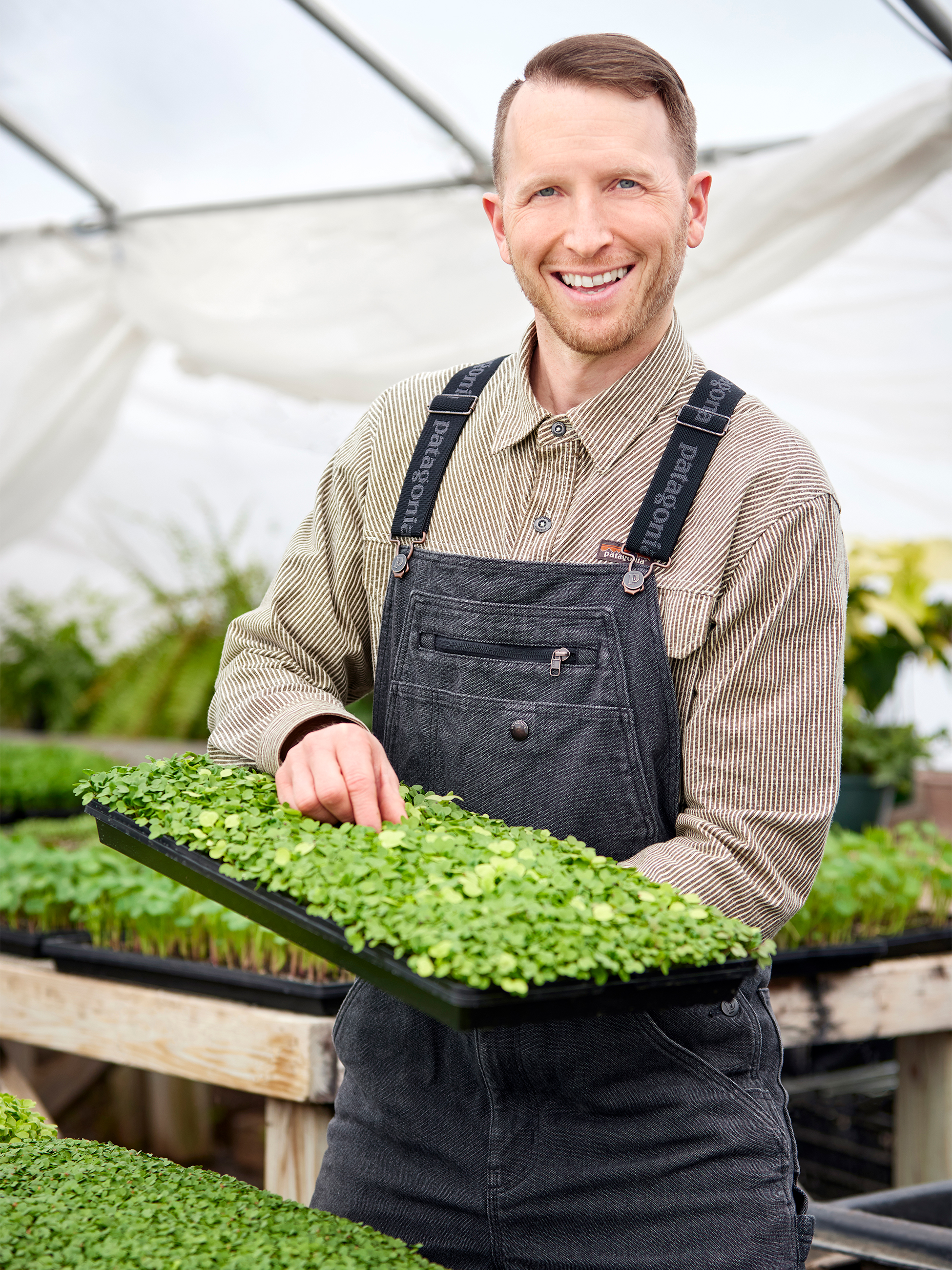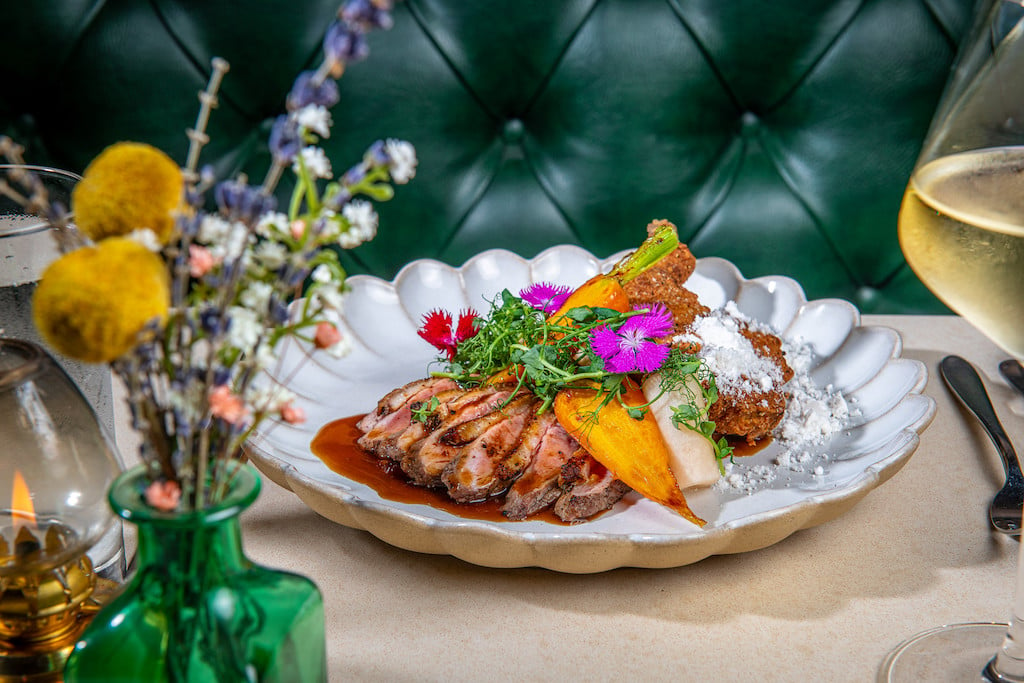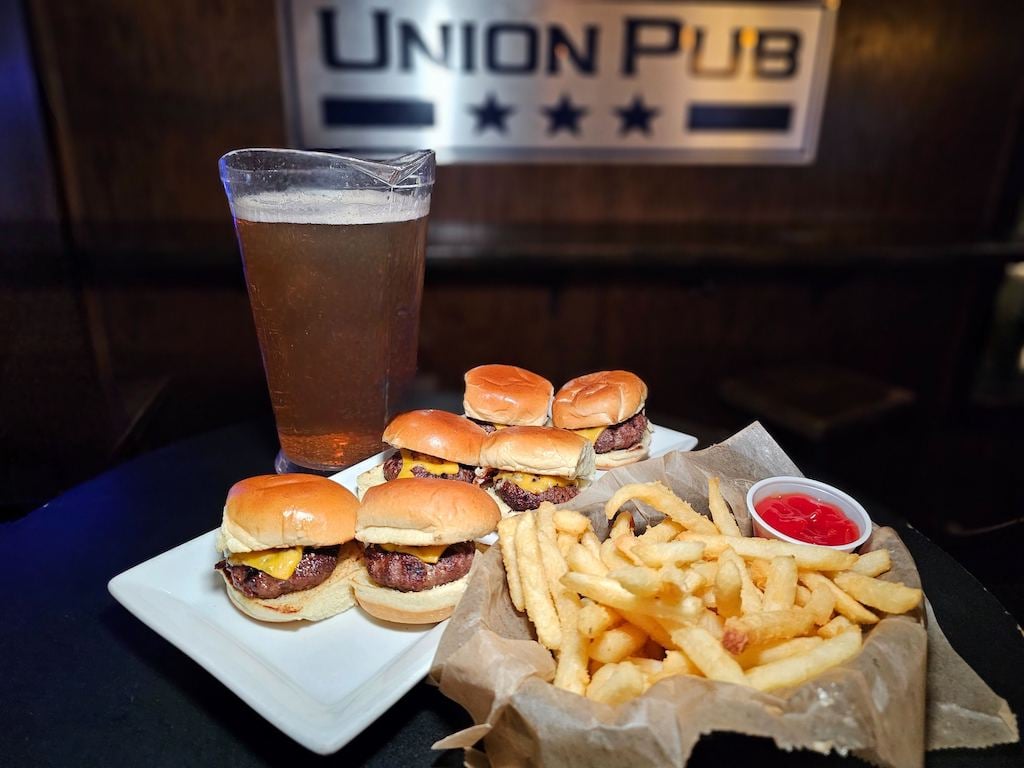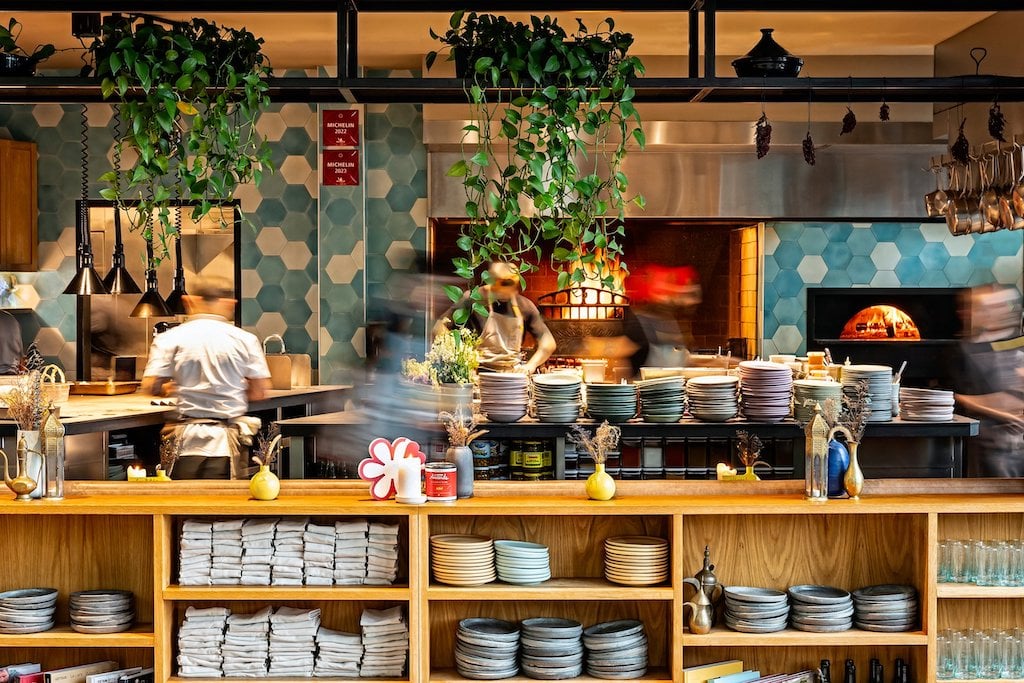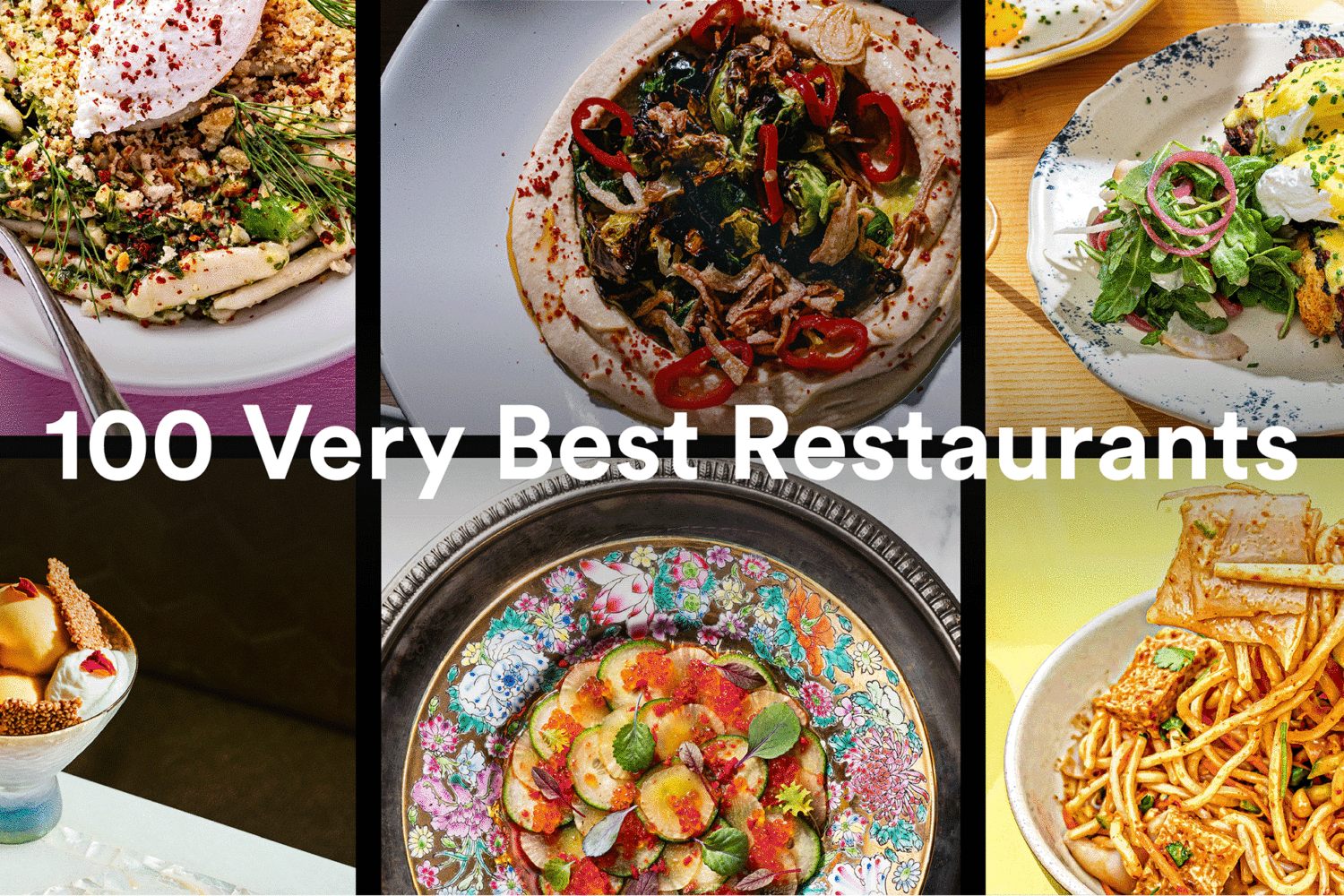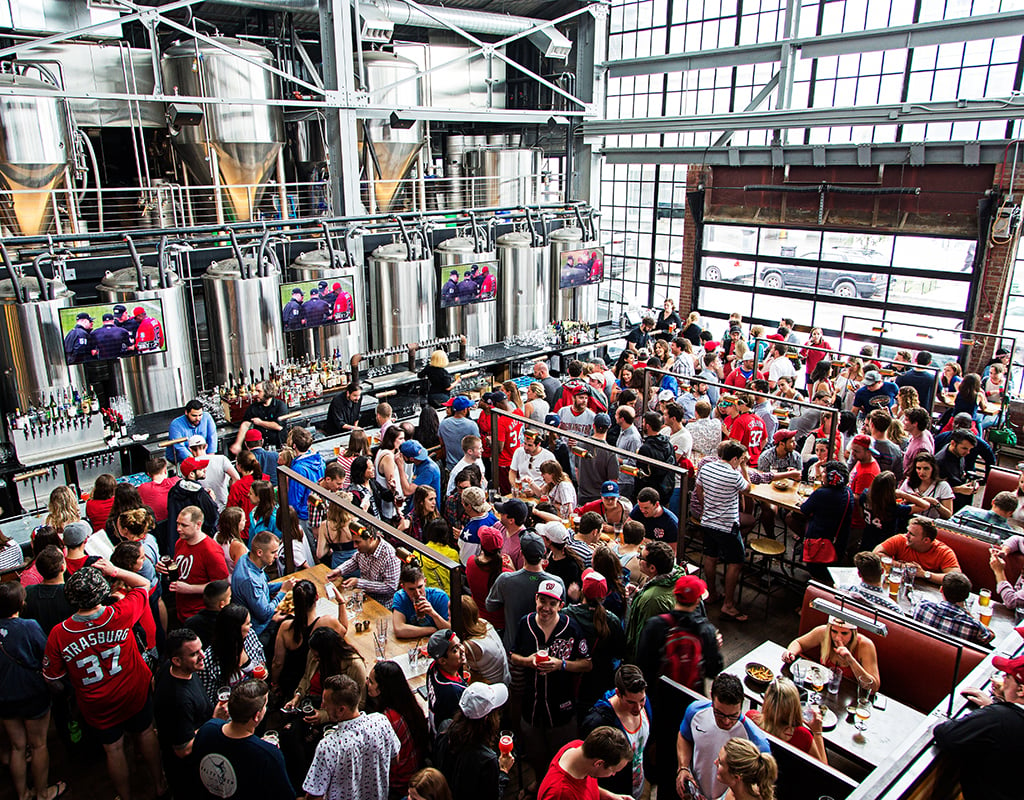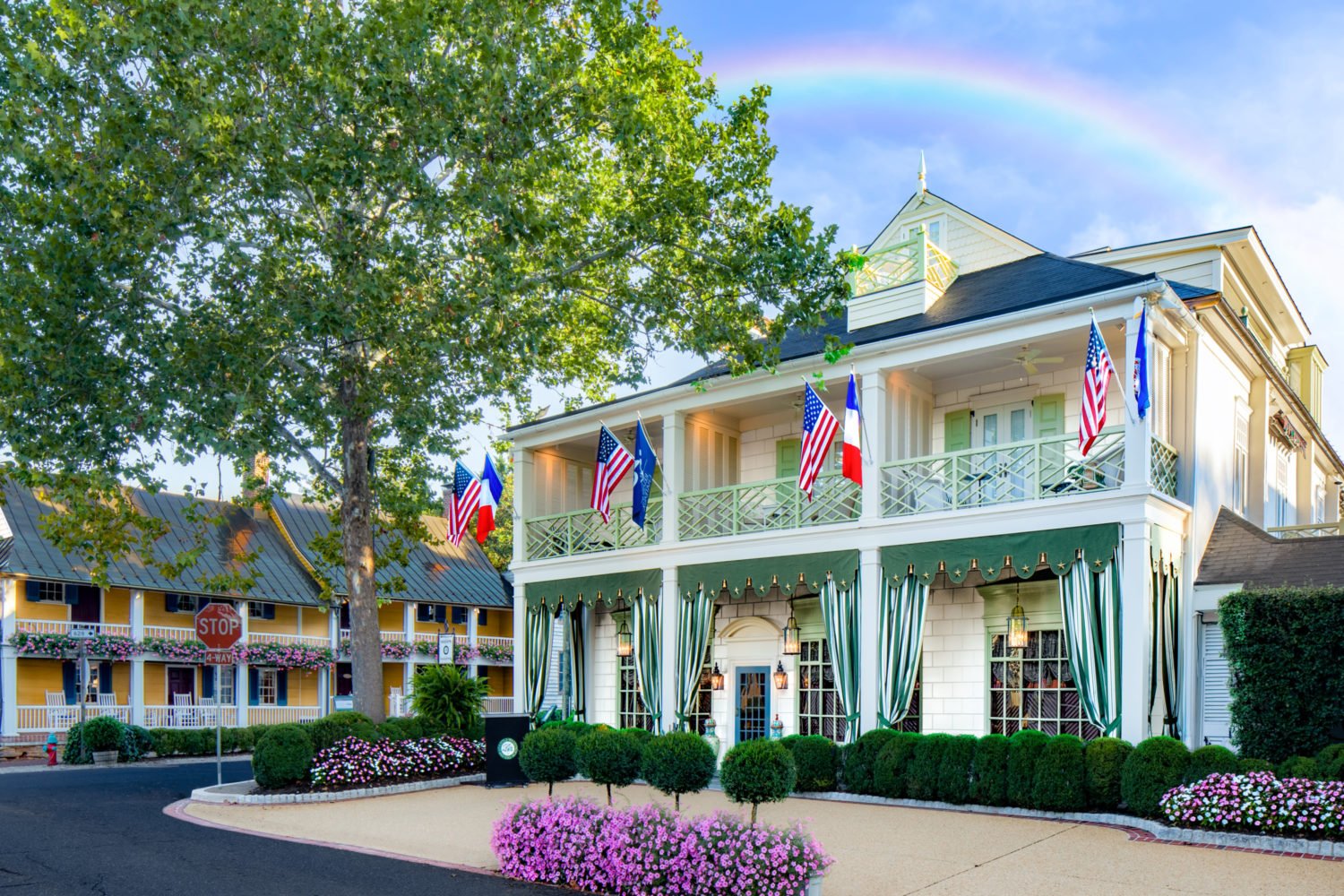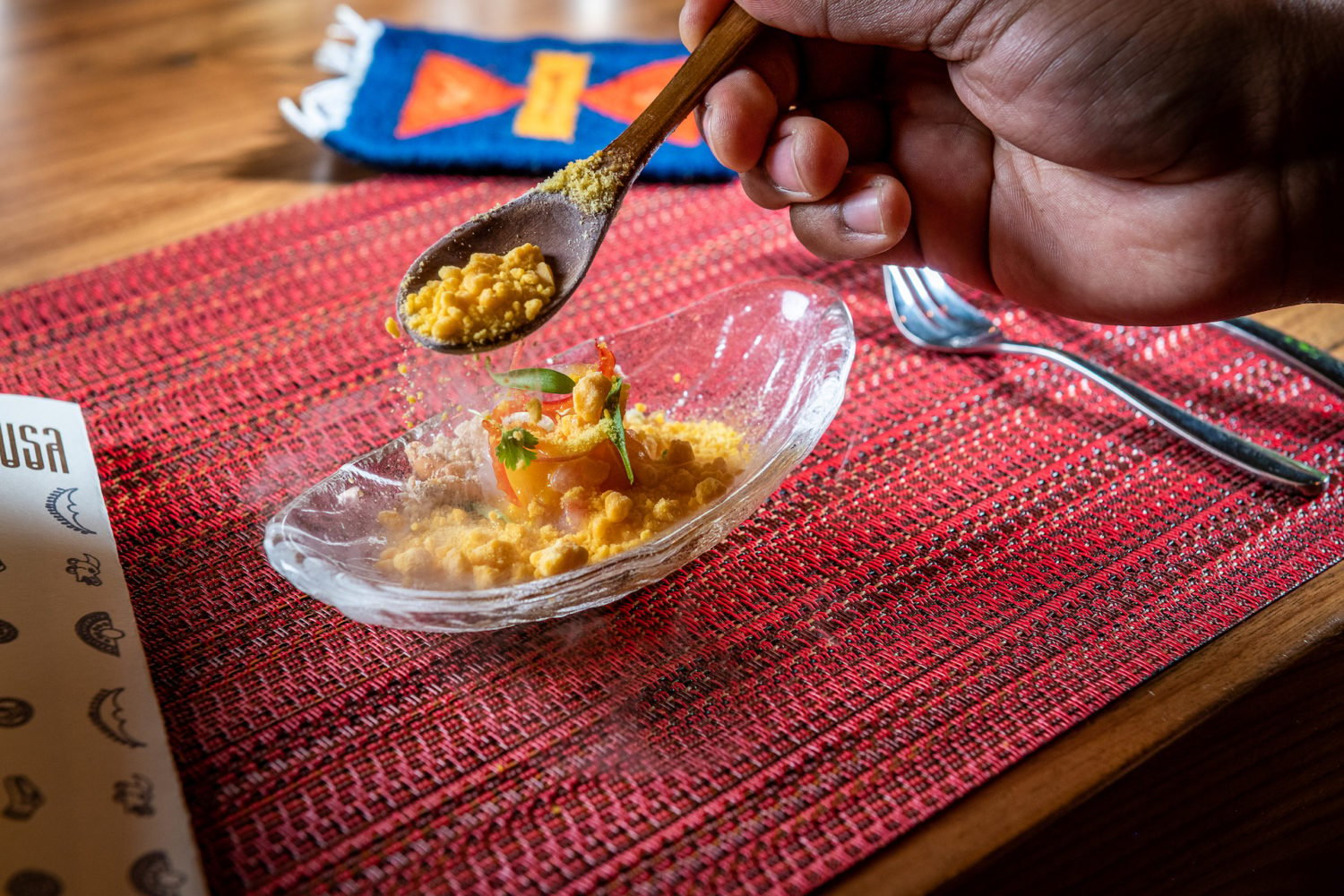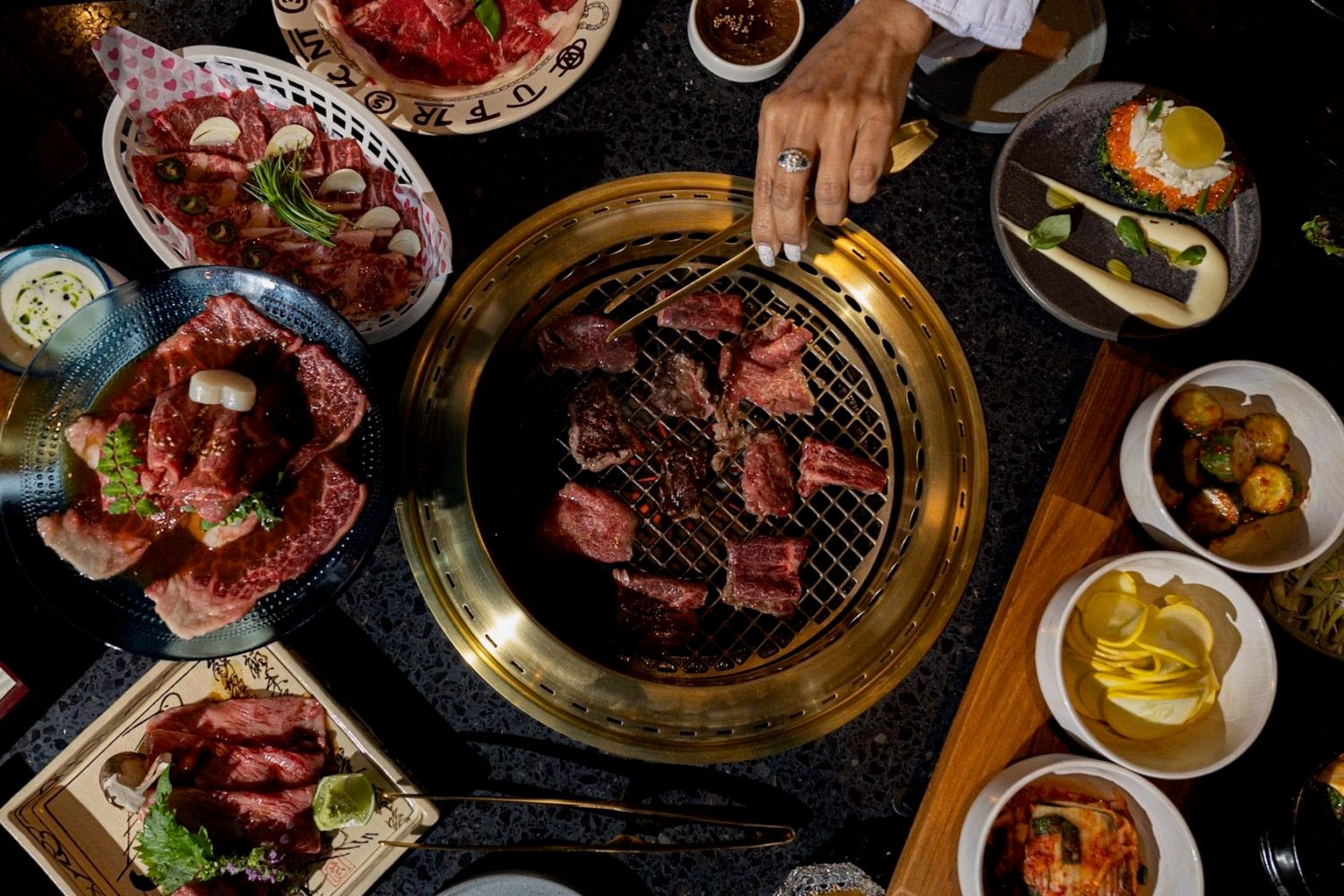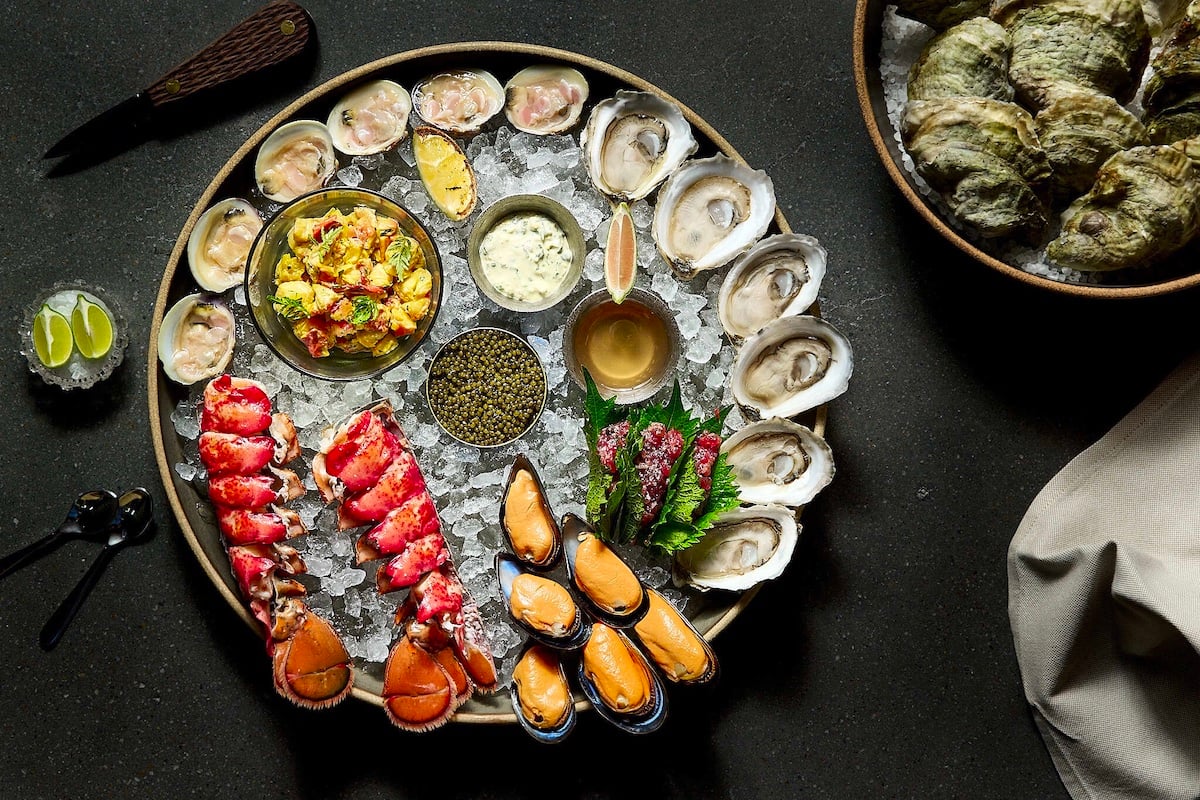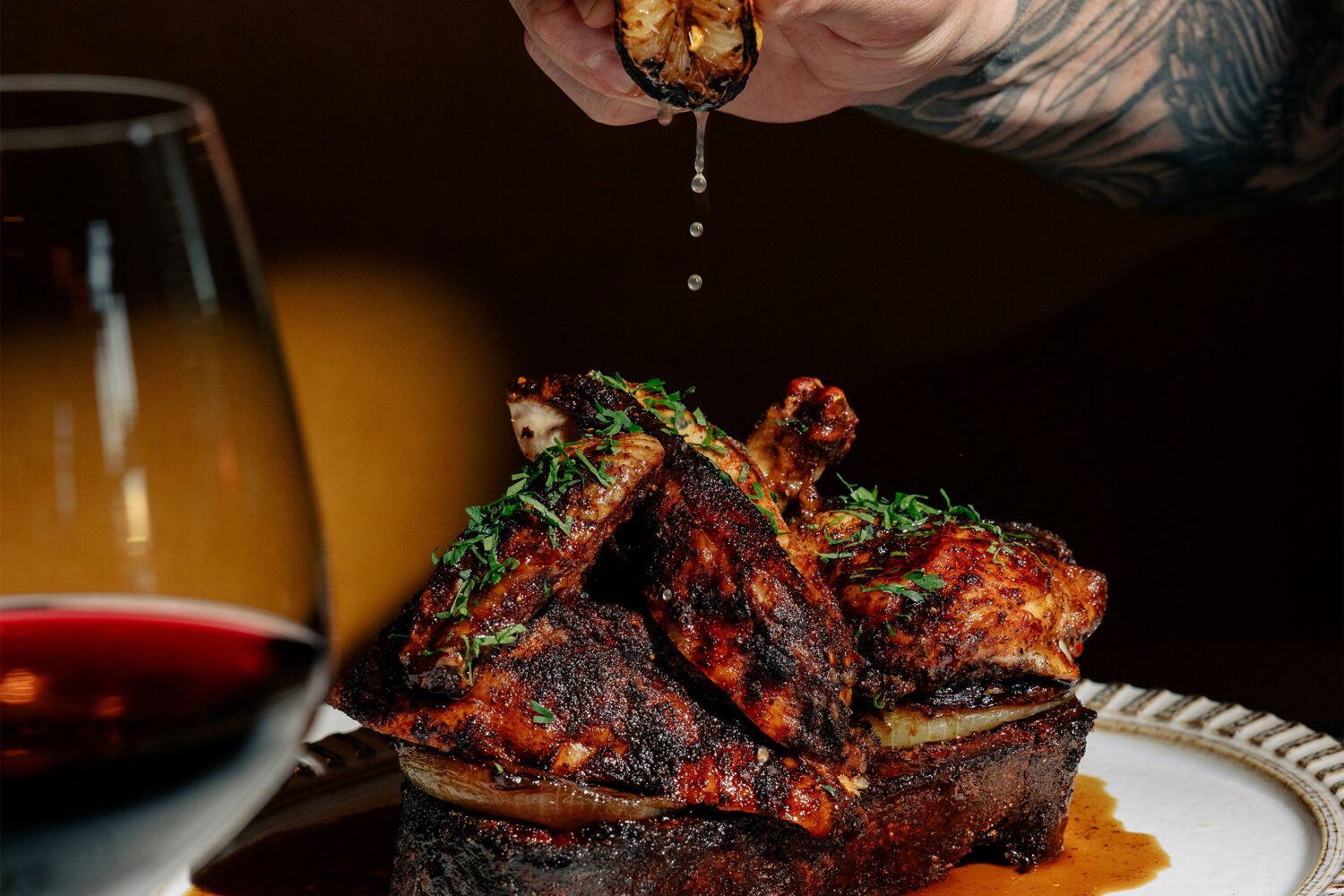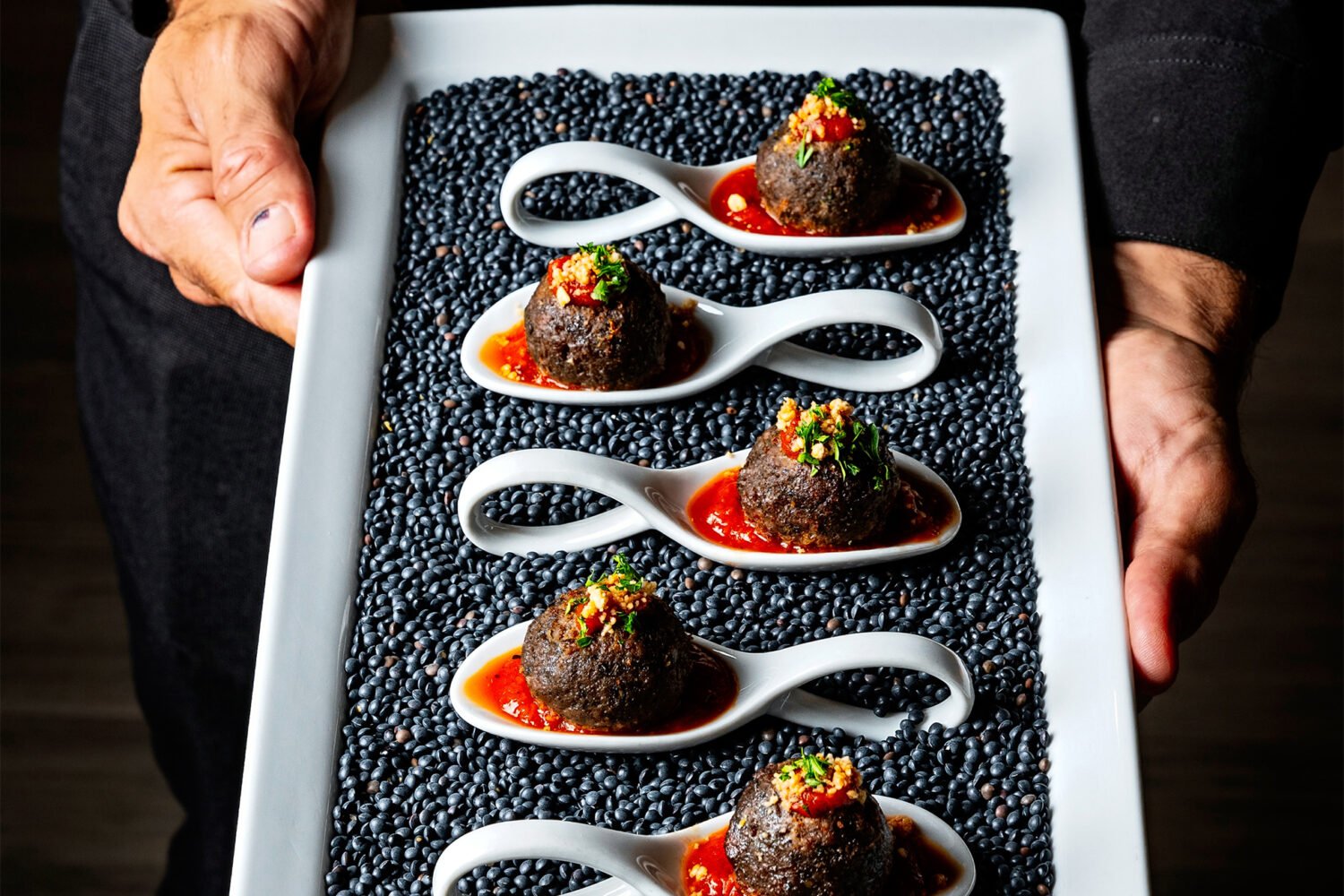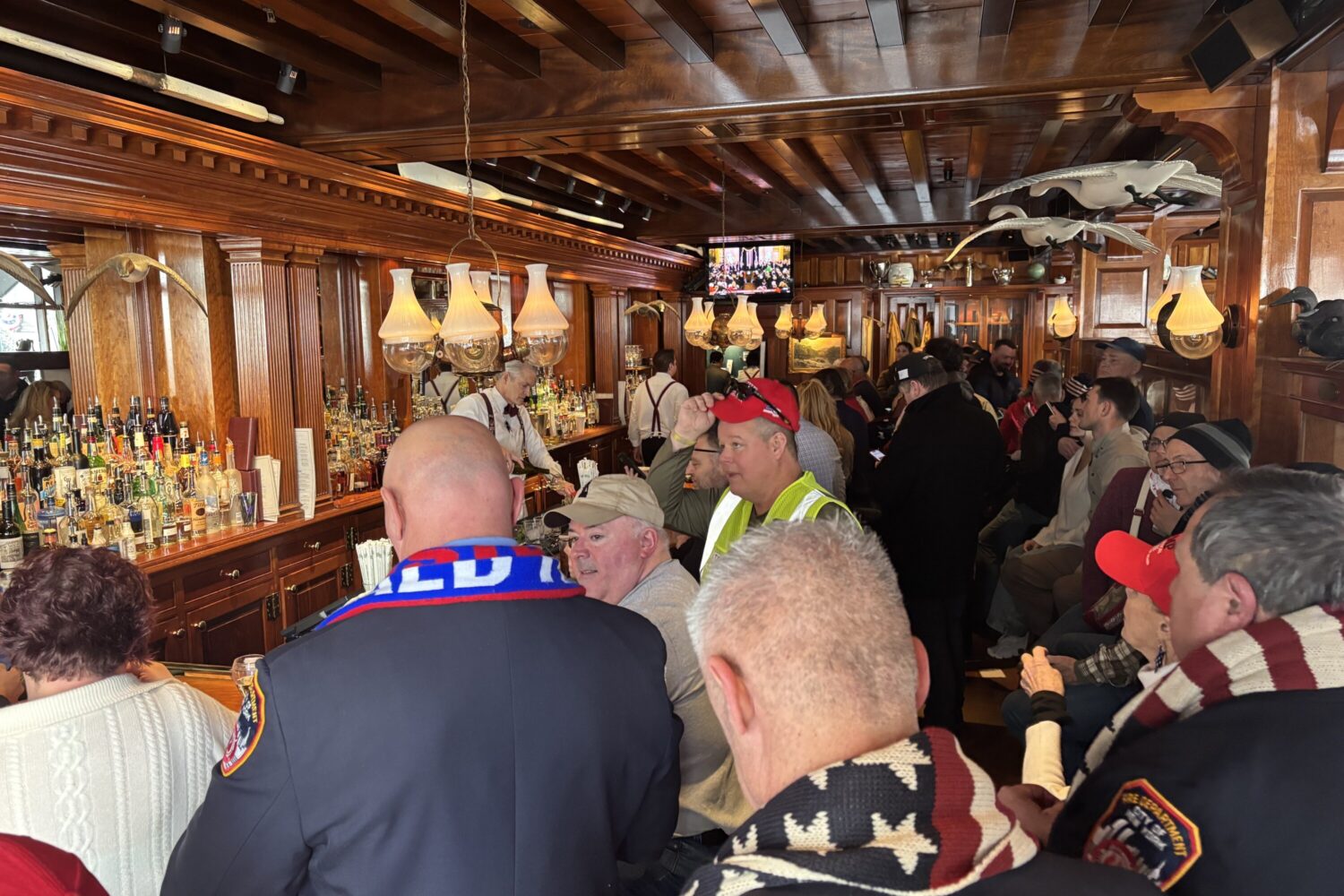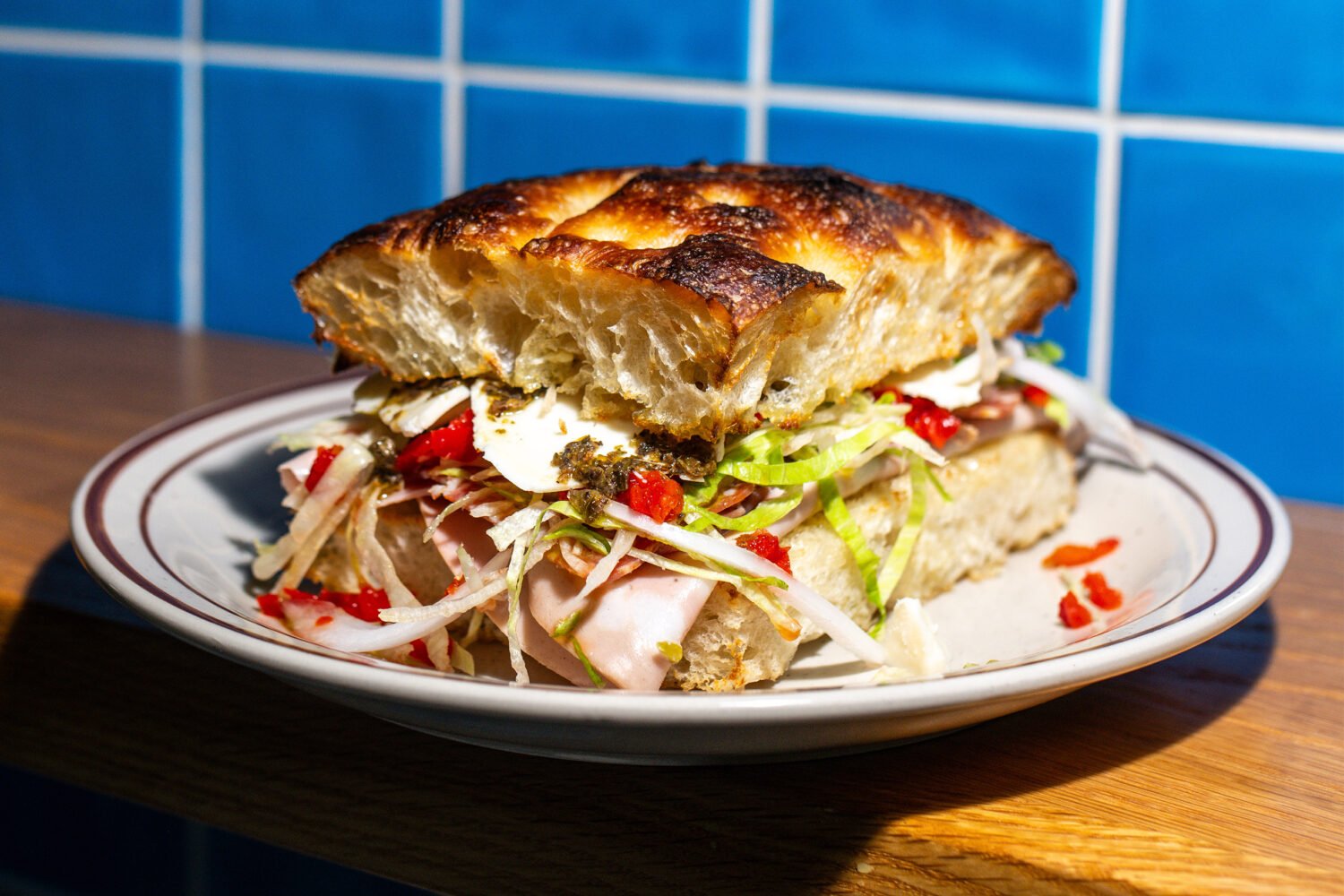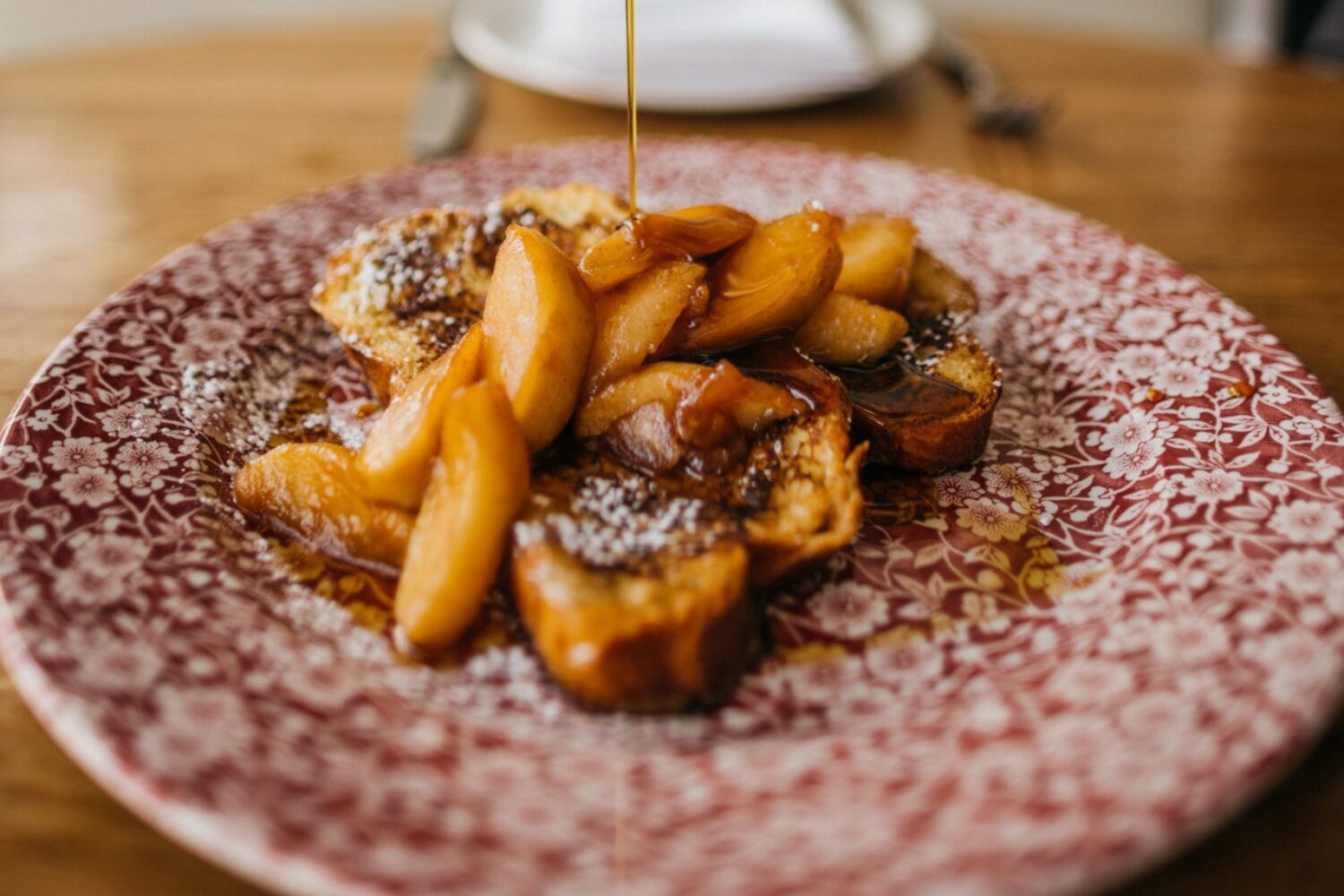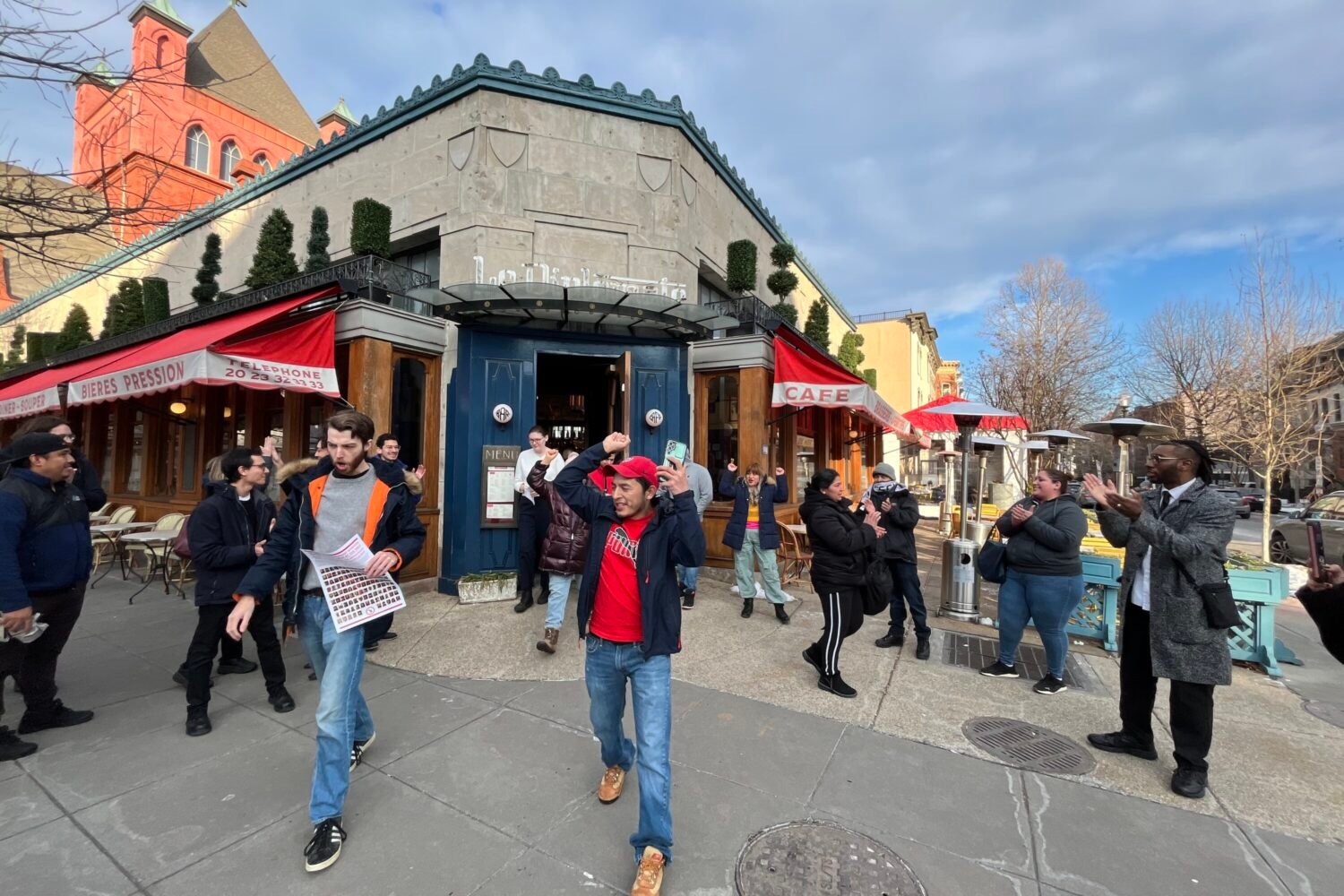What’s it like growing vegetables for a three-Michelin-star kitchen? We spoke with Andy Thewlis, the farmer in residence at Patrick O’Connell’s Inn at Little Washington, to find out. Thewlis, who previously ran farms in Tennessee and North Carolina, joined the Rappahannock County restaurant last year and now oversees its greenhouses and livestock. We asked him about growing rare melons, raising a flock of heritage geese, and more.
What brought you to the Inn at Little Washington?
It was a call to adventure. I had just finished reading [E.B. White’s] The Trumpet of the Swan with my seven-year-old daughter. And I saw the opportunity arise with this swan on the inn’s logo. It was a dream job, you know, to collaborate and work closely with a kitchen of this caliber. So, yeah, I got the golden ticket to the chocolate factory.
What are some of the big projects you’ve worked on in your first year?
We probably grew 12 varieties of tomatoes this year, and maybe only one of them we’re going to stick with. Getting our microgreen operation off the ground has been a big project. These aren’t your average microgreens you find in a farmers market. There is an essence, a spirit to these plants that is being captured at a certain stage of growth. Chef [O’Connell] views plants as architecture. They’re serving this artistic function on the plate and also have a full flavor to express themselves.
What animals do you care for at the inn?
Our pasture ornaments! We have llamas, goats, sheep, and bees. In April, we added a small gaggle of geese we call Duke Von Gosling and his gaggle. They’re American Buff geese, which is one of the oldest domesticated breeds of geese. They’re regal, ornate, gorgeous, and amicable.
What has been your favorite thing to grow for the restaurant?
When I hear Patrick say the green beans were heavenly, my heart melts.
Have any of O’Connell’s requests stretched the limits of what you can grow?
There’s a particular melon called a charentais. It’s supposed to be the sweetest cantaloupe there is. Chef had recently visited a really nice restaurant in New York where the food is flown in from Japan. His dessert was this type of melon. He said he couldn’t speak for a minute after eating it—it was that good. I’ve grown cantaloupes before, but not this particular variety, so it was a new crop for me and the bar was set really high.
And?
He said mine was good, but it wasn’t quite that good.
This article appears in the January 2025 issue of Washingtonian.

